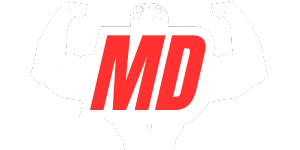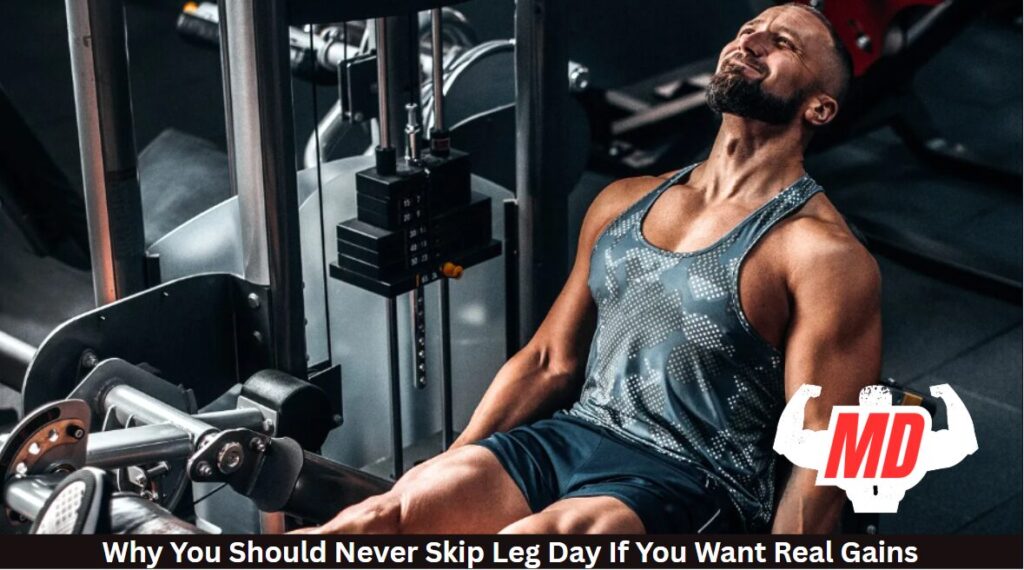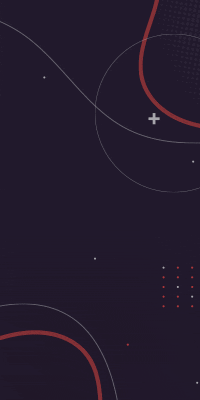You’ve seen guys at the gym with massive upper bodies wobbling on toothpick legs. It’s more than just a bad look. When you skip leg day, you’re sabotaging your entire physique and leaving serious gains on the table. Those heavy squats and deadlifts you’re avoiding? They’re the key to activating growth everywhere else.
The Science Behind Leg Day and Muscle Growth
When you load up a barbell for squats or deadlifts, you’re triggering a cascade of hormonal responses that fuel muscle growth throughout your entire body. These compound lifts recruit multiple muscle groups simultaneously, demanding massive energy expenditure and forcing your body to adapt.
Research shows that heavy leg training produces the highest hormonal response of any workout type. Your body releases testosterone and growth hormone at peak levels, creating an ideal environment for muscle hypertrophy everywhere. You’ll also engage your core stability muscles throughout every rep, building a stronger foundation for all your lifts.
This systemic effect explains why serious lifters prioritize leg day. You’re fundamentally hacking your body’s natural anabolic processes to maximize full-body growth potential.
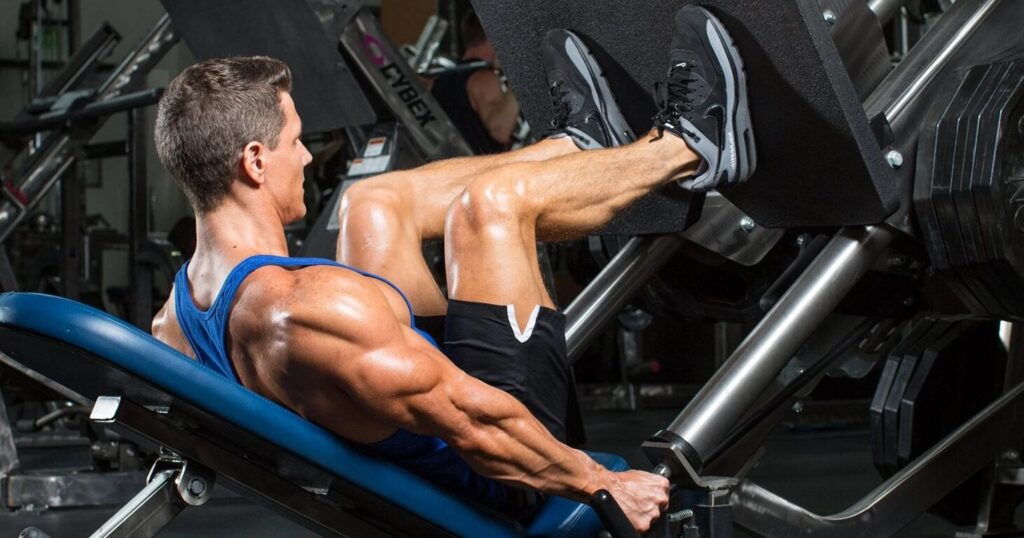
Leg Training Stimulates Full-Body Gains
Although you might think leg day only builds your lower body, heavy squats and deadlifts actually trigger muscle growth in your chest, back, and arms through systemic anabolic signaling. When you train large muscle groups, your body releases growth factors that benefit every muscle fiber. That’s why you should never skip leg day if you’re serious about real gains.
Your lower body strength creates a foundation for functional training movements that engage multiple muscle groups simultaneously. Heavy leg exercises force your core, back, and stabilizer muscles to work overtime, promoting balanced development. You’ll notice improved performance in upper body lifts as your overall strength increases.
The hormonal cascade from intense leg training amplifies protein synthesis throughout your entire body, accelerating muscle growth everywhere.
Lower Body Strength Equals Athletic Performance
Strong legs serve as the engine that powers every athletic movement you make. Whether you’re sprinting, jumping, or changing direction, your lower body training determines how explosive and efficient you’ll be. Athletes who prioritize squat benefits and deadlift power consistently outperform those who don’t.
Your legs generate force from the ground up, transferring energy through your core to your upper body. This kinetic chain is pivotal for sports performance and everyday activities.
Additionally, strong legs provide joint stability that’s essential for injury prevention. When you’ve built a solid foundation through squats, deadlifts, and lunges, you’ll improve your balance, coordination, and overall athletic performance.
You can’t fake leg strength, and your body’s capabilities will always reflect the work you’ve put in.

Skipping Leg Day Creates Imbalances
While you might think you can get away with neglecting your lower body, skipping leg day creates dangerous muscle imbalances that sabotage your entire physique.
When you’ve got massive arms sitting atop chicken legs, you’re ruining your body symmetry and limiting your strength potential. Your training balance suffers because weak legs can’t support heavy upper-body lifts. You’ll plateau on bench press and rows when your foundation can’t handle the load.
Beyond aesthetics, you’re missing the testosterone boost that leg workouts provide. Heavy squats and deadlifts trigger hormonal responses that fuel muscle growth everywhere.
By avoiding these exercises, you’re cheating yourself out of gains. A proper muscle-building routine demands equal attention to all muscle groups. Skip legs, and you’ll stay small.
The Core Connection: Legs and Stability
Leg training creates an unshakeable foundation for your entire body. When you squat, your core fires constantly to stabilize the weight. Your abs, obliques, and lower back work overtime during every rep.
Strong legs improve your posture by anchoring your spine properly. You’ll stand taller, move better, and protect your joints from unnecessary stress. Think of your legs as the roots of a tree. Without them, everything above collapses under pressure.
Every deadlift strengthens the posterior chain that supports your spine. Every lunge challenges balance and coordination. You’re not just building muscle; you’re constructing a resilient body that performs when it matters.
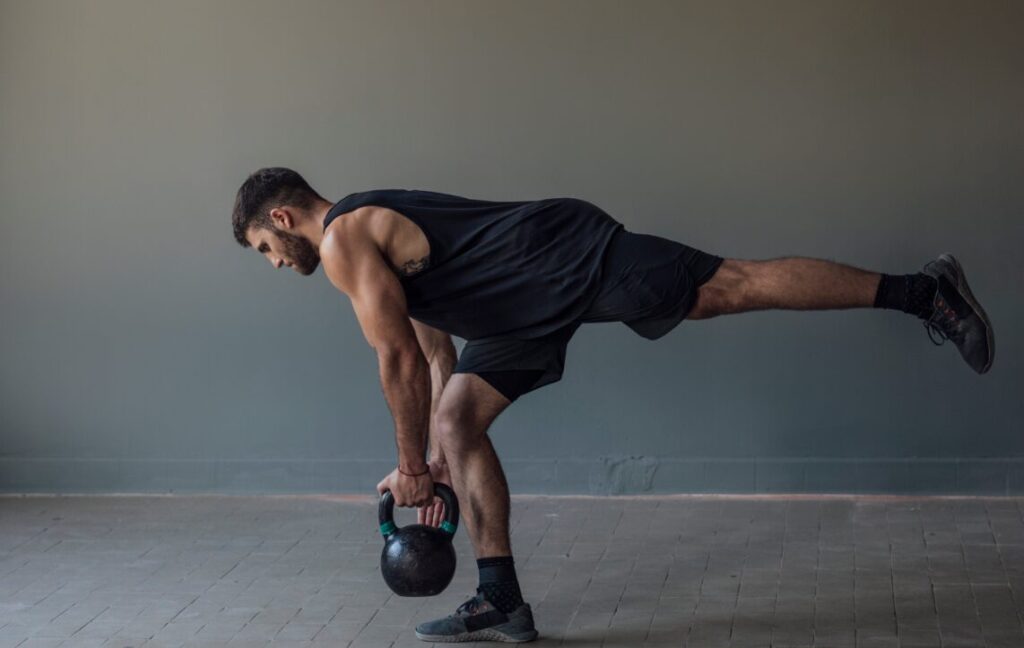
Best Compound Movements for Leg Day
Everyone knows the squat reigns as king, but building powerful legs requires more than one exercise. You’ll maximize gains by incorporating Romanian deadlifts for hamstring development, lunges for unilateral strength, and hip thrusts for glute activation.
Program squats first when you’re freshest, aiming for 3-5 sets of 5-8 reps for strength. Follow with Romanian deadlifts using similar rep ranges. Add walking lunges for three sets of 10-12 per leg, then finish with hip thrusts for three sets of 12-15. This combination targets all major leg muscles while building functional strength. Rotate front squats, Bulgarian split squats, and trap bar deadlifts weekly to keep your muscles guessing and growing.
Mental Toughness and Discipline Built on Leg Day
Though leg day brings physical challenges, it’s the mental battle that transforms average lifters into exceptional athletes.
Every leg session tests your commitment. It’s easy to bench press or curl, but loading up for squats? That takes courage. You’ll face discomfort, fatigue, and the voice telling you to quit. Pushing through builds mental resilience that extends beyond the gym.
This discipline shapes your character. The lifter who embraces leg day develops consistency, determination, and respect for hard work. You’ll tackle life’s challenges with the same grit you bring to those heavy sets.
Frequently Asked Questions
What Happens if I Skip Leg Day Regularly?
You’ll develop muscle imbalances that affect your posture and increase injury risk. Your upper body gains will plateau since leg training releases growth hormones that benefit your entire physique. You’re limiting your athletic potential.
Why Does Leg Day Feel Harder Than Upper Body Workouts?
Your legs contain the body’s largest muscle groups, requiring more oxygen and energy to train. You’re moving heavier loads through greater ranges of motion, which taxes your cardiovascular system harder than smaller upper-body movements.
Can Training Legs Help My Bench Press or Pull-Ups?
Yes, you’ll see improvements in both lifts. Heavy squats and deadlifts boost testosterone and growth hormone production, strengthening your core and grip.
How Often Should I Train Legs for Optimal Growth?
You’ll see ideal leg growth by training them 2-3 times weekly. Space sessions 48-72 hours apart for recovery. Mix heavy compound lifts with higher-rep accessory work.
Are Squats or Deadlifts Better for Full-Body Gains?
You’ll benefit most from doing both exercises. Squats build explosive leg power and quad development, while deadlifts strengthen your entire posterior chain. They’re complementary movements that create different growth stimuli for maximum full-body gains.
